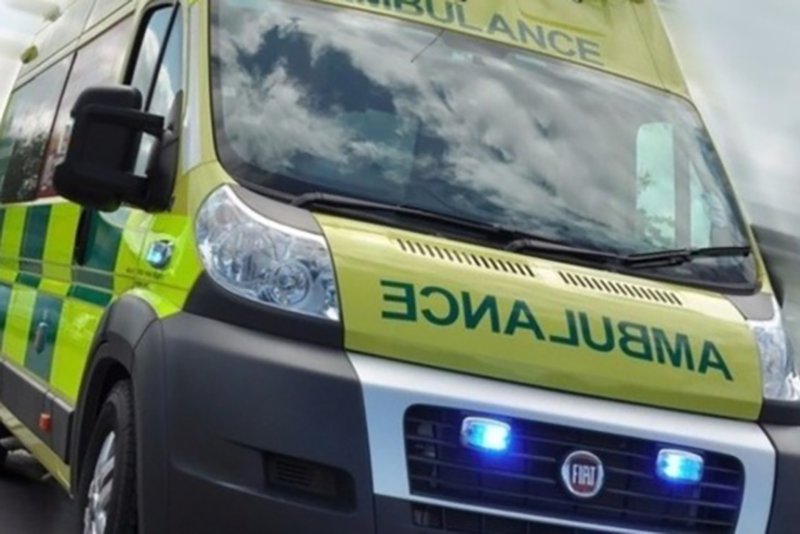
At a time when demand on the NHS is unprecedented, a decision five years ago to increase the number of paramedics on frontline ambulances is paying huge dividends for patients and other healthcare providers alike.
New figures released by West Midlands Ambulance Service show that the number of paramedics on vehicles has increased, but the percentage of patients being taken to A&E Departments has fallen.
Five years ago in 2012, just under 82% of ambulances had a paramedic on board - figure which increased to an average of 87% in 2016, peaking at 90% in November. At the same time the percentage of emergency patients being taken to hospital had dropped from 61.3% in 2012 to an average of 59.6% in the last 12 months.
What is even more impressive is that these changes have been achieved despite huge increases in demand. During the same five year period, the total number of incidents frontline staff attended has risen from 767,050 to 933,400 – a 21.7% rise. WMAS Chief Executive, Anthony Marsh, said:
“We remain on course to become the first Trust in the country to have a paramedic on every vehicle, every shift. We already achieve this in the more rural counties we serve and are getting steadily closer to that goal in all areas. What is absolutely clear is that doing so will allow us to further reduce our conveyance rate to less than 50% which can only be good for patients, but also other health providers.
“I am immensely proud of my staff for all they are doing to use their skills to provide the very highest standards of care. They are treating many more patients themselves, but where they need support, they are making excellent use of the range of alternative pathways that are available to them.
“We have also recruited hundreds of staff through our innovative student paramedic programme. Over the three years 2015-16 to 2017-18 we will have taken on over 900 staff in this 30 month programme. This ensures that a steady flow of qualified paramedics come into the service at the end of their studies.
“By doing so, we are able to increase the skill mix which improves patient care and makes us more efficient, which in turn reduces the number of patients going to A&E.”














Comments
Add a comment